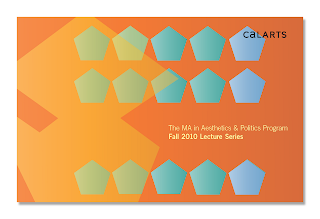As a handbook for the course cluster, I strongly recommend Robert Mitchell’s
Bioart and the Vitality of Media. It’s a great little book—I’ve posted the book’s cover at the bottom of this page—that brings together many of the questions that are central to the topic of the cluster.
In his book, Mitchell makes the case for Tom Leeser’s course, i.e. he builds a great argument as to why a course on bioart matters in the curriculum of the Center for Integrated Media. There’s a whole chapter on this in his book, but here’s what he has to say about it in his introduction:
“Bioart seems to me to be an especially useful object of analysis for this project of rethinking media for several reasons. First, insofar as bioart links artistic goals and techniques with biological technologies, bioartworks also frequently end up bringing together two quite different senses of media. On the one hand, bioart draws from the more familiar sense of ‘medium’ as a material means through which thoughts, information, images, sounds, colors, textures are stored and transmitted from one place or time to another (it is in this sense that one speaks of newspapers and television as instances of ‘mass media,’ for example). On the other hand, bioart also draws on the sense of ‘media’ used by biologists, for whom the term refers to fluids or solids that are employed to keep living cells developing, dividing, and transforming during the course of an experiment. Bioart links these two conceptions of media by situating biological media and technologies within a milieu—namely, an art gallery—that has traditionally been associated with the sense of media as a means for storage and communication.
Second, and equally significant, bioart produces in its ‘spectators’ an
embodied sense of this link between these two senses of media, for by using living beings—or by revealing ways in which spectators are bound, beyond their control, to other forms of life—bioart frames spectators as themselves media for the transformative powers of life” (
Bioart and the Vitality of Media, 11).
Mitchell will be speaking at our afternoon MOCA event on Tuesday, November 9th. CalArts will provide vans to facilitate your transport to the city.



